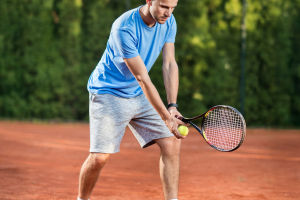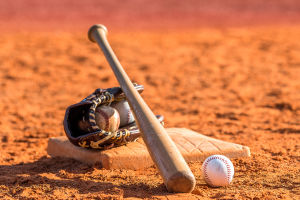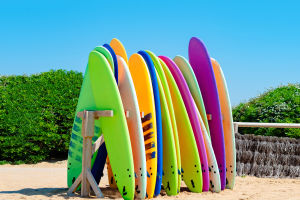Dear Lykkers, have you ever wondered why some of the world's top tennis players—so dominant on hard or clay—suddenly look vulnerable on grass? As we follow the short but intense grass season, we realize that it's not just about skill.
Grass courts bring a unique set of struggles that challenge even the best. Let's dig deeper into what makes this green surface so tricky.
A Slippery Start: Movement Is a Minefield
On grass, staying on your feet is already a battle. The surface is slick, especially in the first few days of a tournament. Players often slip, fall, and hesitate to make sharp moves. Their shoes don't grip like they do on hard courts. For those not used to this, every sudden change of direction feels like skating on wet glass. That alone shakes confidence—and when your feet feel unsure, your game falls apart.
Low Bounce, Less Time, More Pressure
Grass makes the ball bounce lower and faster. That means less time to react, less margin for error, and a greater demand for quick instincts. If we rely on topspin-heavy shots, they lose their bounce here. Instead, flatter shots work better. But not everyone has those in their toolbox. Players who shine on clay often feel frustrated because the bounce doesn't favor their style.
The Serve Dilemma: Big Advantage, Big Expectations
Serving well on grass gives a huge advantage. But the pressure to hold serve is just as heavy. Since breaking serve is harder on this surface, one single slip—one double fault or unforced error—can cost us a whole set. That constant tension affects rhythm. If we can't trust our serve, grass becomes a mental battlefield.
Short Grass Season, Limited Preparation
Unlike the long clay and hard-court seasons, grass has only five weeks. That's barely enough time to adjust. Players rush from clay straight into grass without much training. Some don't even bother playing warm-up tournaments. This lack of preparation means many arrive at Wimbledon feeling undercooked. And that's when the surface punishes them.
Surface Changes Mid-Tournament
The grass itself changes during the tournament. In the first week, it's moist, fast, and unpredictable. By the second week, it's dry and worn out, turning brown in key areas. The bounce gets higher and slower, forcing players to adapt all over again. Imagine changing court conditions during a match—we have to adjust our tactics midstream.
Injuries and Muscle Strain: The Hidden Cost
Grass courts put unusual strain on our muscles. Because we squat lower and move in shorter, sharper steps, our hamstrings, lower back, and ankles take a beating. Many players complain of soreness and tightness after even one match. The risk of injury rises—especially for those not used to this style of movement.
Top Players and Their Grass Frustrations
Even stars like Zverev, Tsitsipas, Medvedev, and Ruud have struggled on grass. None of them have reached the semifinals at Wimbledon yet. Their game styles don't always suit the surface, and their preparation time is limited. Watching them lose early, we realize just how specialized grass-court tennis really is.
Training Gaps: Why Grass Isn't Prioritized
Many tennis academies and training programs focus on hard or clay courts. Grass is rarely available for daily practice. Building confidence on this surface takes time, but few invest in it. Players are hesitant to rework their game for a season that's over in weeks. This hesitation shows when match day arrives.
Can Grass Courts Get the Respect They Deserve?
Some suggest adding a grass-court Masters 1000 event to give players more reason to prepare seriously. But the high cost of maintaining grass courts makes this a big ask. Still, we believe change is possible. With more events, better facilities, and longer exposure, players might finally learn to master the green.
Let's Embrace the Struggle and Enjoy the Green Drama
Grass courts test everything—our footwork, timing, and mental strength. Maybe that's why they're so fascinating. The beauty of grass lies not in its perfection, but in the challenge it presents. So next time we watch Wimbledon, let's not just look at the score. Let's appreciate the players fighting to stay upright, to adapt, and to overcome. Dear Lykkers, do you think grass deserves a bigger spotlight in tennis? Let's keep the conversation going—we're all part of this green journey.


